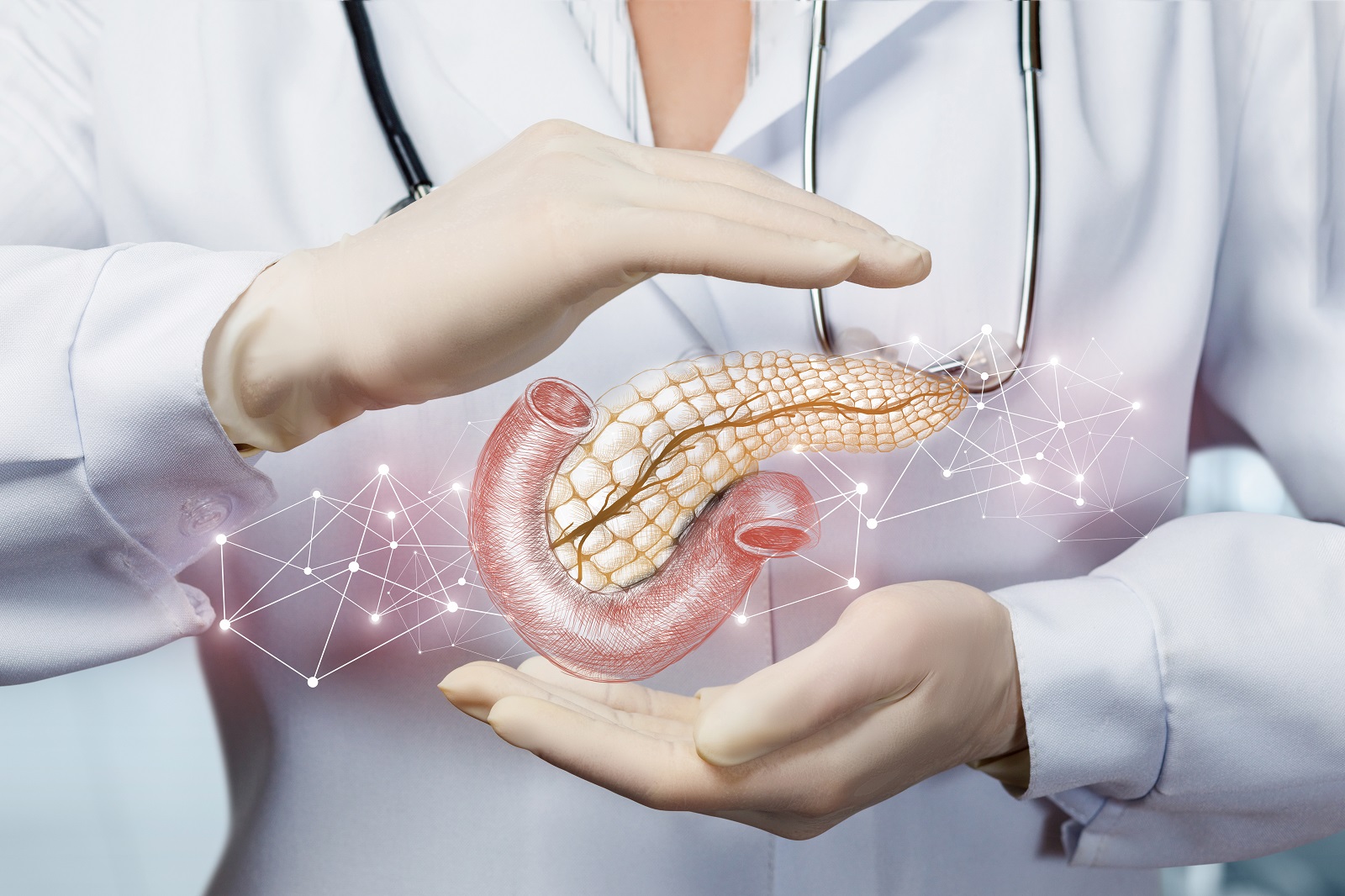Pancreatic cancer happens when pancreatic cells expand beyond control and develop into an actual tumor. This is one of the most fatal cancers, with an estimated survival rate of 10 percent after five years. In this piece, we’ll look at the causes, the symptoms of the disease, treatment options, as well as ways to reduce the risk of developing pancreatic cancer.

Causes
While the exact cause of pancreatic carcinoma is not known yet, there are numerous risk factors. Toxicology is the primary threat factor to pancreatic cancer. People who smoke are between two and three times more likely to contract it as those who don’t. Family history, age, pancreatic carcinoma, obesity chronic and severe pancreatitis, and certain genetic mutations are all risk factors.
Signs
It is typical that pancreatic cancer does not exhibit symptoms in its initial stages. It is this makes it difficult to identify. As the tumor gets bigger it can trigger symptoms such as:
Abdominal pain radiating into the back
Weight loss and appetite loss
Jaundice is a yellowing of the skin and eyes.
Nausea and vomiting
Fatigue
This type of symptom should be reported to your doctor immediately. An early diagnosis is crucial to the success of treatment.
Diagnosis
If your doctor suspects you may have pancreatic cancer they could order multiple tests to confirm the diagnosis. These could include imaging tests like CT scans, or MRI scans.
Treatment
The stage and location of pancreatic cancer along with the health of the patient overall, will determine the treatment options. In general, treatment options comprise chemotherapy, surgery, and radiation treatment.
Surgery is the most commonly used treatment for pancreatic cancer, particularly if the tumor is located within the pancreas’s head. Surgery is intended to remove the cancerous tissue and any surrounding tissues that could contain cancerous cells. Surgery is not always possible when the tumor is situated in the body or the tail part of the pancreas.
Chemotherapy is a method of cancer treatment, employs medications to destroy cancerous cells. It is often used in conjunction with surgery or radiation therapy. It is possible to receive chemotherapy either orally or intravenously. Its side effects include nausea vomiting, diarrhea, hair loss as well as death.
The radiation therapy procedure is a high-energy radiation therapy which kills cancerous cells. Radiation therapy can be used alongside chemotherapy or surgical procedures. Radiotherapy can cause discomfort to the skin, nausea, fatigue, and other adverse negative effects.
Reducing your risk
While there isn’t a cure for pancreatic cancer However, there are ways you can reduce the chance of developing it. This includes:
To decrease your risk of developing pancreatic carcinoma, quit smoking.
Maintaining a healthy weight Obesity is a risk factor for pancreatic cancer, so maintaining an appropriate weight will help lower your risk.
A healthy diet by eating a balanced diet in vegetables, fruits and whole grains may help reduce the risk of pancreatic cancer.
Limiting alcohol consumption: Heavy drinking has been linked with an increased risk of pancreatic carcinoma.
Treatment of chronic illnesses There is a way to lower your risk of developing the condition by working with your doctor in the event that you suffer from diabetes or pancreatitis.
Pancreatic cancer is a deadly illness that requires early detection and the most aggressive treatment. It is vital to seek immediate medical attention in the event that you exhibit any indications of pancreatic carcinoma. You can take control over your health by being aware of the dangers and taking steps to reduce the chance of developing this fatal disease.
For more information, click pancreatic cancer donation